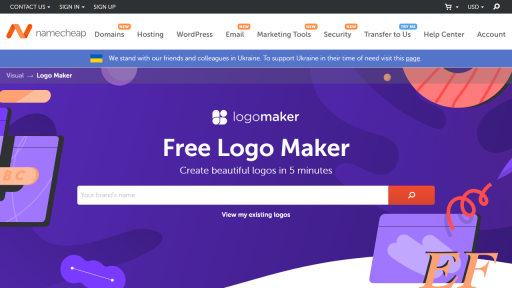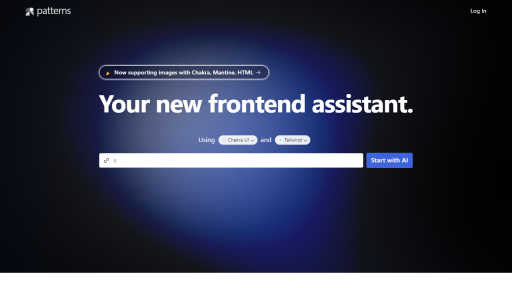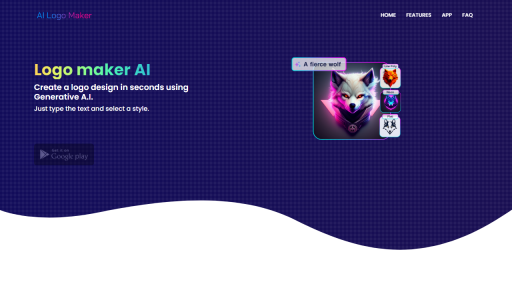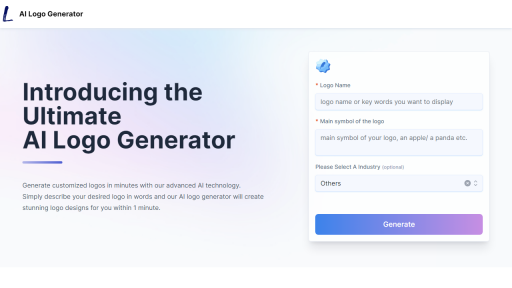What is Spring?
Spring is a powerful and versatile framework designed for building Java applications, particularly in the realm of enterprise solutions. Established in 2003, it has become a pivotal tool for developers seeking to create robust, maintainable, and scalable applications. At its core, Spring promotes a lightweight and modular architecture, allowing developers to implement Dependency Injection (DI) and Aspect-Oriented Programming (AOP) principles, which greatly enhance the flexibility and testability of their code. The framework supports various programming models, including RESTful web services, microservices, and traditional web applications. Additionally, Spring provides a comprehensive ecosystem that includes Spring Boot for rapid application development, Spring Security for authentication and authorization, and Spring Data for seamless database integration. With extensive documentation and a rich community, Spring helps developers to efficiently tackle complex business needs while ensuring high performance and security.
Features
- Dependency Injection: Simplifies the management of application components and their dependencies, promoting loose coupling.
- Aspect-Oriented Programming: Allows developers to separate cross-cutting concerns, such as logging and security, from the main application logic.
- Spring Boot: A module that streamlines the development process by providing a set of defaults and out-of-the-box configurations.
- Spring Data: Offers a consistent programming model for data access, making it easier to interact with various data sources through repositories.
- Spring Security: An extensive security framework that provides authentication, authorization, and protection against common security vulnerabilities.
- Spring MVC: A web framework that follows the MVC design pattern, making it easier to develop web applications with clear separation of concerns.
Advantages
- Modular Architecture: Enables developers to use only the components they need, reducing complexity and improving application performance.
- Community Support: A large and active community provides extensive resources, tutorials, and plugins to enhance development.
- Improved Testability: By promoting DI and AOP, Spring applications are easier to test, leading to higher quality and reliability.
- Flexible Configuration: Supports both XML and Java-based configuration, allowing developers to choose the approach that best fits their needs.
- Integration Capabilities: Easily integrates with various technologies and frameworks, including JPA, Hibernate, and message brokers.
- Scalability: Designed to support high-demand applications, Spring can scale seamlessly as the application grows.
TL;DR
Spring is a comprehensive framework for Java applications that facilitates the development of scalable and maintainable enterprise solutions through features like dependency injection and aspect-oriented programming.
FAQs
What is Dependency Injection in Spring?
Dependency Injection is a design pattern used in Spring to manage the dependencies between classes. It allows the framework to inject required components into a class rather than the class creating them itself, promoting loose coupling.
Can I use Spring with other programming languages?
Spring is primarily designed for Java applications; however, it can also work with Kotlin and Groovy, which are compatible with the Java Virtual Machine (JVM).
Is Spring suitable for microservices architecture?
Yes, Spring provides excellent support for microservices architecture through Spring Boot, which simplifies the development and deployment of microservices with embedded servers and easy configuration.
What is Spring Boot?
Spring Boot is a module of Spring that provides a simplified way to create stand-alone, production-grade Spring-based applications. It offers auto-configuration and a range of starter dependencies to speed up development.
How does Spring Security enhance application security?
Spring Security is a powerful framework that provides authentication, authorization, and protection against common security threats. It integrates with various authentication methods and allows for customizable security configurations, ensuring application data is protected.









